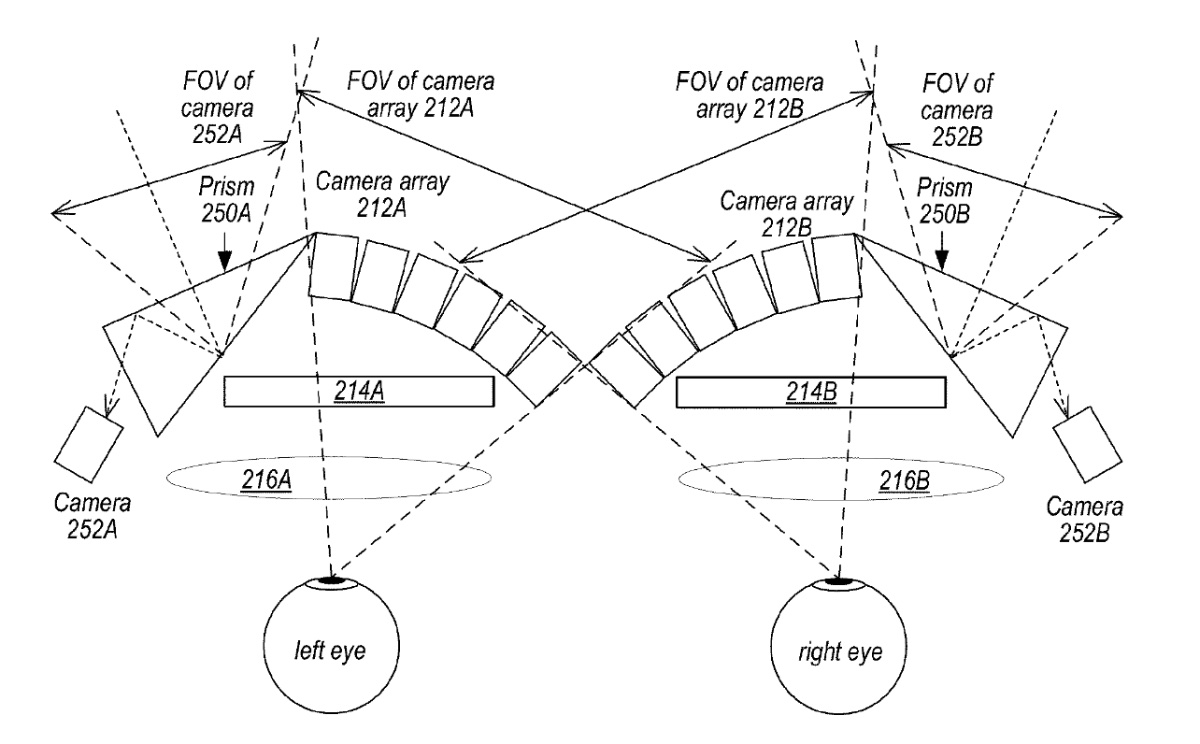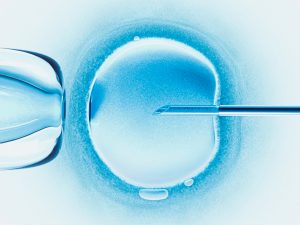
Apple patent filing involves recording on the upcoming Vision Pro : Tech Live Trends
Apple has filed for a “camera system” patent (number US 20230185093 A1) that involves recording video on the upcoming Vision Pro.
The Vision Pro was previewed at last week’s Worldwide Developer Conference. However, it won’t be available until early 2024 and will cost US$3,499.
About the patent filing
Virtual reality (VR) allows users to experience and/or interact with an immersive artificial environment, such that the user feels as if they were physically in that environment. For example, virtual reality systems may display stereoscopic scenes to users in order to create an illusion of depth, and a computer may adjust the scene content in real-time to provide the illusion of the user moving within the scene. When the user views images through a virtual reality system, the user may thus feel as if they are moving within the scenes from a first-person point of view.
Mixed reality (MR) covers a spectrum from augmented reality (AR) systems that combine computer generated information (referred to as virtual content) with views of the real world to augment, or add virtual content to, a user’s view of their real environment (referred to as), to augmented virtuality (AV) systems that combine representations of real world objects with views of a computer generated three-dimensional (3D) virtual world.
The simulated environments of virtual reality systems and/or the mixed environments of mixed reality systems can provide an interactive user experience for multiple applications, such as applications that add virtual content to a real-time view of the viewer’s environment, applications that generate 3D virtual worlds, interacting with virtual training environments, gaming, remotely controlling drones or other mechanical systems, viewing digital media content, interacting with the Internet, exploring virtual landscapes or environments, or the like.
The Video Pro may sport two-dimensional arrays of small form factor cameras (e.g., one array for the left eye, and a second array for the right eye) that capture images of respective portions of a real-world scene in front of the user. The cameras could be positioned along a spherical curve or surface so that the cameras have non-overlapping, adjacent fields of view (FOVs).
To achieve a more accurate representation of the perspective of the user, the cameras’ optics are configured so that the entrance pupils of the cameras in the array are positioned behind the cameras’ image planes formed at the image sensors, and at or near the user’s eye while the cameras also form optimized images at the sensor. This means that each array of cameras captures views of the scene from substantially the same perspective as the user’s respective eye.
Summary of the patent filing
Here’s Apple’s abstract of the patent filing: “A device for MR/VR systems that includes a two-dimensional array of cameras that capture images of respective portions of a scene. The cameras are positioned along a spherical surface so that the cameras have adjacent fields of view.
“The entrance pupils of the cameras are positioned at or near the user’s eye while the cameras also form optimized images at the sensor. Methods for reducing the number of cameras in an array, as well as methods for reducing the number of pixels read from the array and processed by the pipeline, are also described.”


